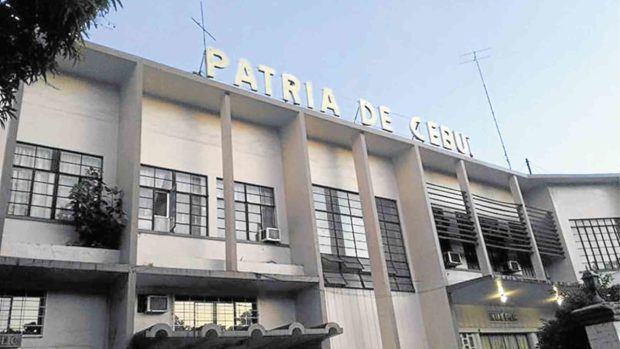
Giving in to calls by heritage advocates, Cebu Archbishop Jose Palma has reversed himself on the planned demolition of the Patria de Cebu to make way for a commercial development.
After consulting with the National Historical Commission of the Philippines (NHCP), Palma reportedly decided to retain the front building of the complex, said Wilmer Godoy of NHCP.
“They (Cebu Church) will need to submit their development plan to incorporate the preservation of the Patria building,” said Godoy.
Heritage advocates in Cebu had criticized the planned demolition of the church-owned ‘Patria de Cebu’ building and and urged that the “precious heritage asset” be preserved.
The building is situated at the ecclesiastical center of Cebu amid a complex of structures the Santo Niño Church and convent and the Cathedral of Cebu where Palma’s metropolitan see and bishop’s throne are located.
Heritage advocates, all of them Catholics, said there was no need for the building to be torn down since it could sit side by side with the planned new development.
“This low-profile, two-story structure has served the people through its affordable amenities—as shelter for transients, venue for wholesome recreation and as location for the administrative offices of the Archdiocese of Cebu, including the Chancery, the Matrimonial Tribunal and the different archdiocesan commissions,” said architect Melva Java of the University of San Carlos.
Java had resigned from the Archdiocesan Commission on Cultural Heritage because of the planned demolition.
She had called the Patria de Cebu “a heritage resource that is precious to the Cebuanos.”
She had called Palma’s decision “unfortunate,” but expressed hope that the prelate, who hails from Dingle, Iloilo, would change his mind.
“Not being from Cebu perhaps can explain his lack of full appreciation for the church cultural properties belonging to the archdiocese,” she explained. But “we are still hopeful and continue to pray for a turnaround in the decision to demolish Patria de Cebu.”
Osmeña, Magsaysay
Patria de Cebu was completed in 1957, during the incumbency of Archbishop Julio Cardinal Rosales and through donations notably from President Sergio Osmeña.
It was inaugurated on March 16, 1957 by President Ramon Magsaysay, the day before that fateful day when the presidential plane crashed in Mount Manunggal.
Java explained the Patria was designed by architects Teodoro Trinidad and Jose Mercado who incorporated tie beams in the foundations, making it the first seismic-proof building in Cebu.
She contended that the building should be repurposed instead into the “administrative and pastoral arm” of the archdiocese as it is not allowed for heritage structures to be demolished to give way to new construction as per the policies on the conservation and development of historic centers by the NHCP.
NHCP chair Rene Escalante had also said he was against the demolition and his agency would be “negotiating with the archdiocese to change their plan.”
Agreement
During the recent talks between the archdiocese and the NHCP, it was agreed that the building be saved and incorporated instead to the new development as the historical commission is against the demolition.
“One of the proposals of NHCP is to move the tallest wing of the proposed commercial complex farthest from the Cebu Cathedral which is located right in front of Patria,” said Java.
“This is in deference to the dignity of the church which is also declared a historical shrine,” she added. —CONTRIBUTED